Age-Defying MiG-31 ‘Foxhound’ Still Reigns as World’s Fastest Fighter at 47!
Although the MiG-31 fighter aircraft conducted its maiden flight approximately 47 years ago, it continues to be the primary long-range interceptor aircraft for the Russian Air Force, known by the name "Foxhound."
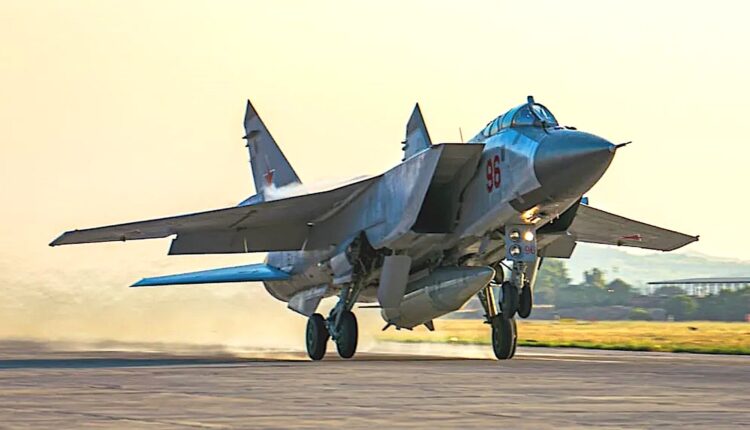
(DEFENCE SECURITY ASIA) — Even though the MiG-31 fighter jet has reached the age of 47, it still remains the fastest fighter aircraft in the world owned by the Russian Air Force.
Known for its formidable design and often referred to as the “Foxhound” by NATO member countries, the MiG-31 is expected to continue serving in the Russian Air Force until the mid-2030s, when its role is expected to be taken over by the MiG-41.
MiG-41 will not only be more modern and advanced but also faster than its predecessor, the MiG-31.
Military analysts in Russia anticipate that the MiG-41 or PAK-DP will be capable of flying at speeds between Mach 4 and Mach 5 when it becomes operational in the future.
Returning back to the “Foxhound,” the Russian military developed the MiG-31 to replace the MiG-25 “Foxbat” while retaining the majority of the earlier aircraft’s design.
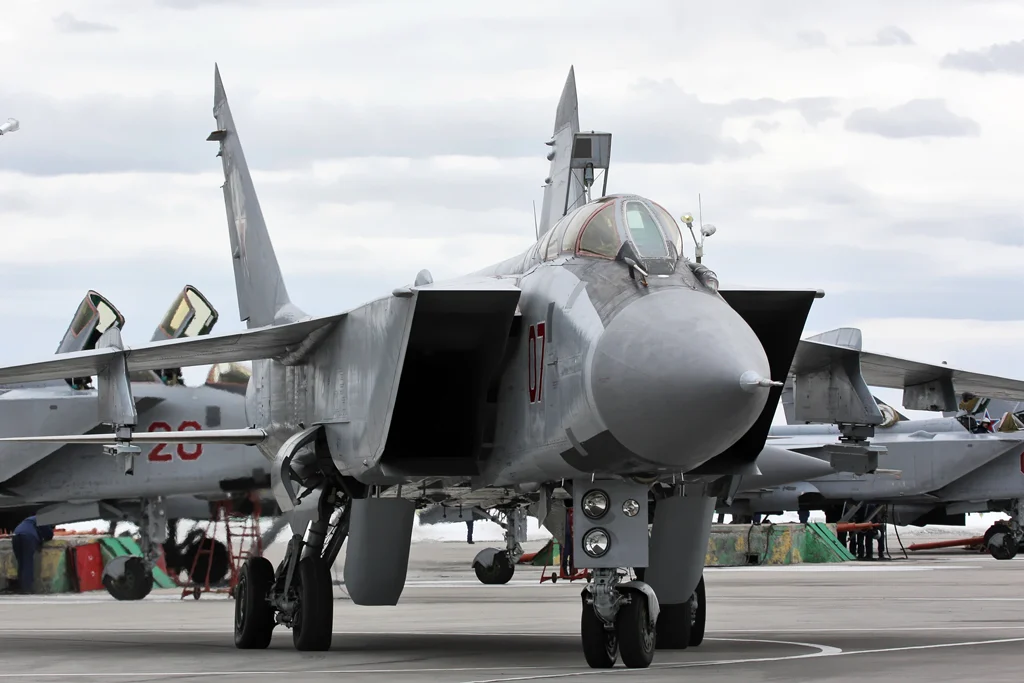
The MiG-31 was built to perform several primary missions, including intercepting guided cruise missiles at both high and low altitudes and the aircraft launching them, detecting and neutralizing unmanned aircraft, and helicopters.
Another role of the aircraft is to escort Russia’s strategic bombers and provide air defense for areas not covered by air defense systems.
The MiG-31 began its service with the Soviet Air Force 47 years ago and over 500 MiG-31 aircraft were built while production facilities were still active before being closed in the mid-1990s.
Currently, the MiG-31, with an unrefueled operational radius of 3,000 km, is only used by the Russian Air Force and the Kazakh Air Force.
Recognized as one of the fastest fighter aircraft in the world at the moment, the Russian military is also working to upgrade the MiG-31 to ensure its continued ability to fulfill its duties in safeguarding the nation.
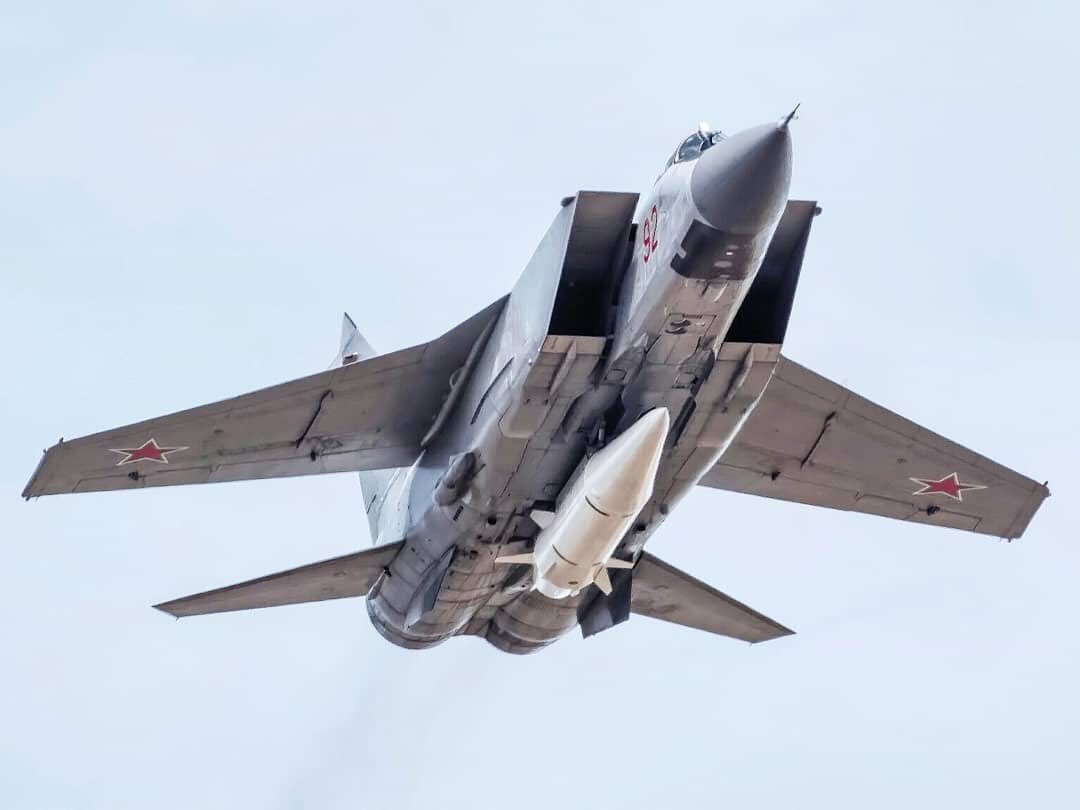
The latest variant of the long-range interceptor aircraft is the MiG-31BM, which can also serve as a multi-role combat aircraft. The upgrades include enhancements to its avionics systems, a new multi-mode radar, a more powerful computer system, a multi-function color display (MFCD), and digital data links.
The “Zaslon-M” radar that equips the MiG-31BM is said to be capable of detecting other aircraft at a range of 400 km and up to 24 targets simultaneously.
With all these upgrades, the MiG-31BM is now capable of executing various missions, not limited to reconnaissance and air-to-air missions. For air-to-air missions, the primary weapons of the MiG-31 are four guided missiles R-33 (AA-9 Amos) or four R-73 (AA-11 Archer) and four R-77 (AA-12 Adder) guided missiles.
For Suppression of Enemy Defenses (SEAD) missions, it can carry anti-radiation guided missiles such as KH-31P or KH-58, and for maritime tasks, it can be equipped with six guided missiles KH-31A as well as other guided missiles, including X-59, X-29T, and X-59M.
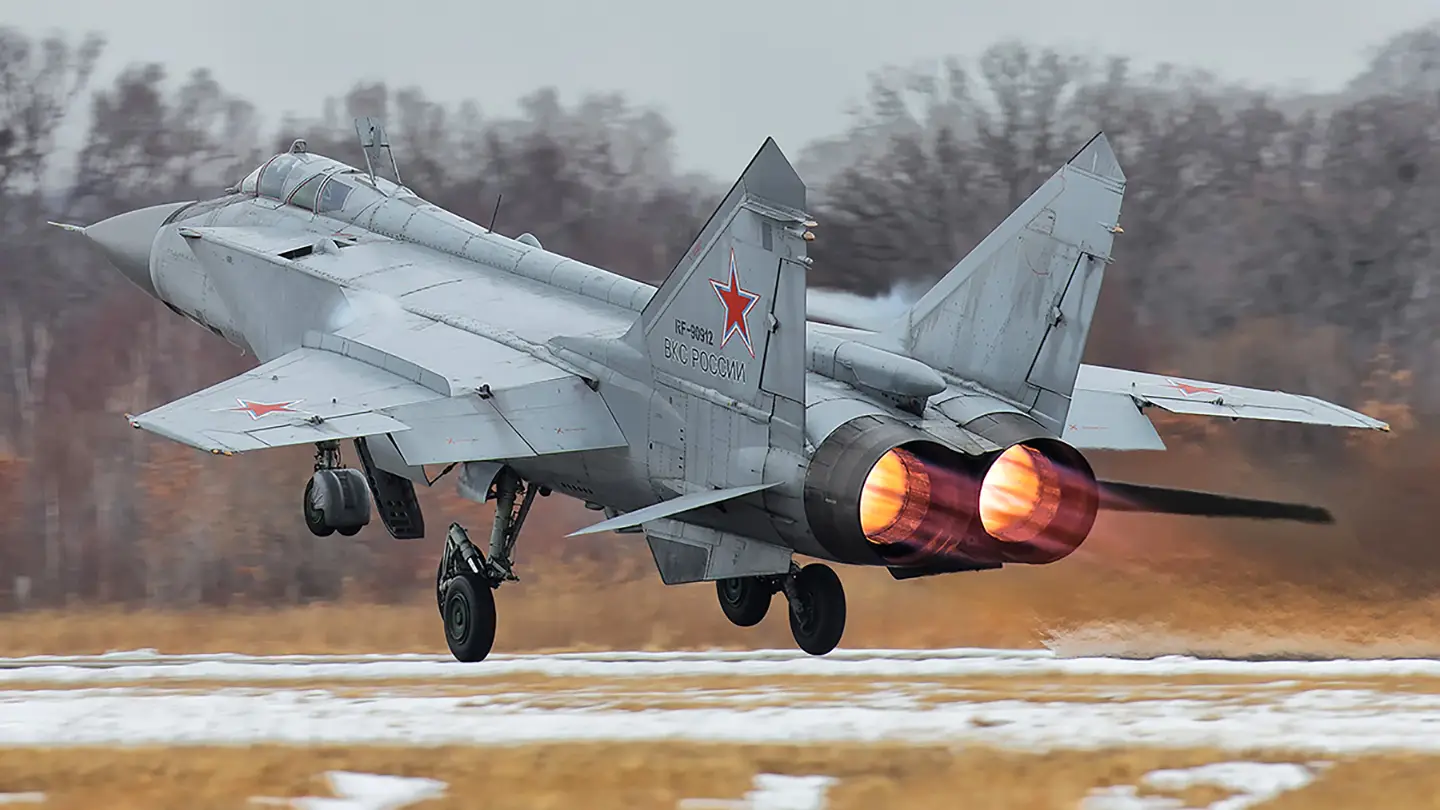
The MiG-31 is capable of carrying up to 9 tons of weaponry for multi-role combat missions.
The Russian Air Force is expected to have up to 150 MiG-31BM multi-role combat aircraft, capable of executing various missions and carrying various weapon systems.
Currently, the MiG-31BM is the primary aircraft in the Russian Air Force assigned to carry the hypersonic missile “Khinzal,” which can reach speeds of up to Mach 10 and cover distances of up to 2,000 km. – DSA

DEFENCE SECURITY ASIA APPS
To advertise contact admin: haikalhamas73@gmail.com

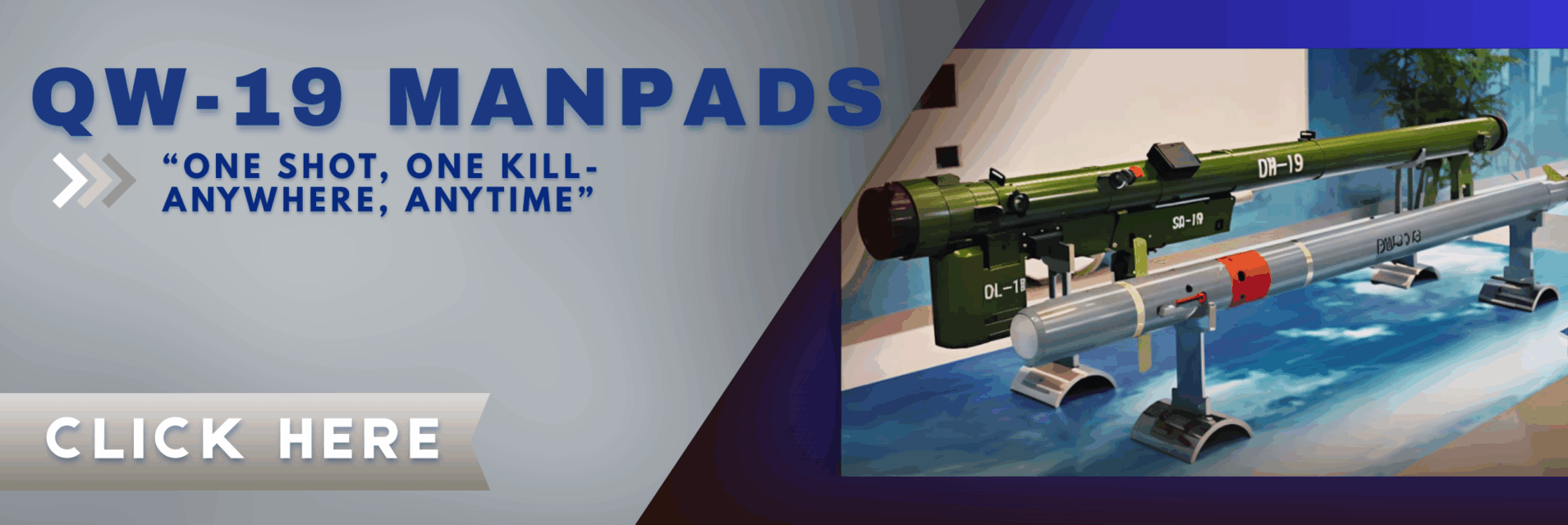
Comments are closed.